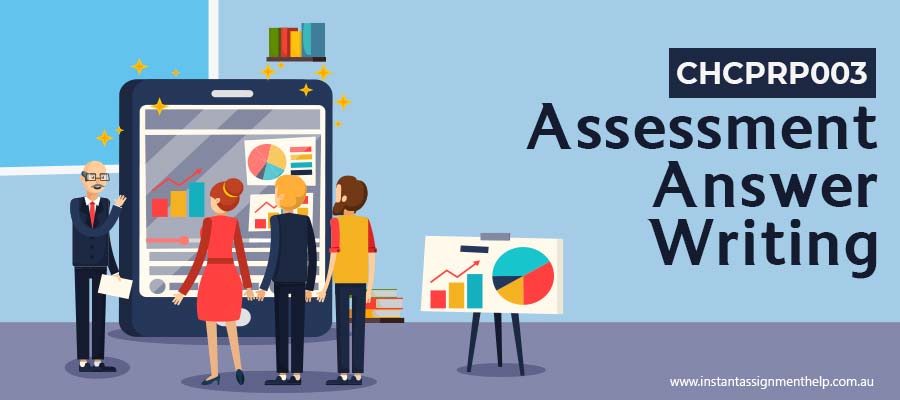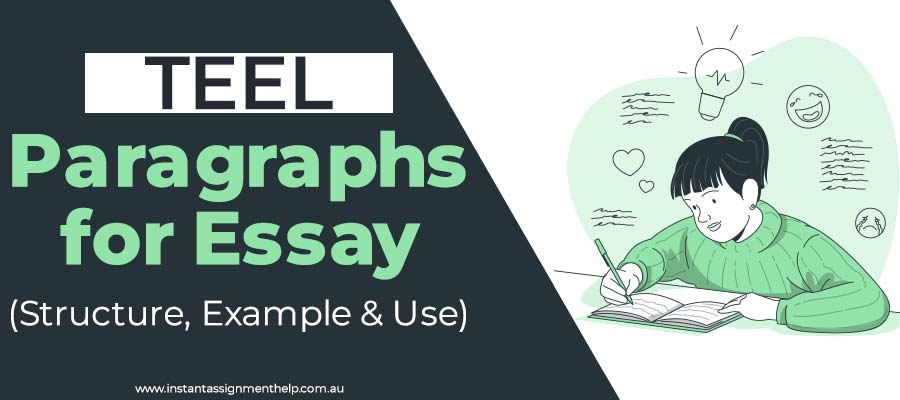Table Of Contents
"There is no greater agony than bearing an untold story inside you." - Maya Angelou
We all have stories inside us, but very few people are able to tell theirs. Storytelling is an art which means that you need good skills to be able to deliver it efficiently. As a student, you need to master this art to an extent to be able to write a ton of creative assignments, especially those of language. But storytelling isn’t as easy as it seems. Narrative conventions are the most commonly known tool that can aid you in mastering storytelling. They give you an approach to tactfully construct a narrative. The various narrative techniques also serve as a checklist for writers, which makes sure that your narrative is wholesome, covering every aspect of storytelling. Knowing them is very helpful when you are writing a creative piece like a narrative essay or short story. Curious about what these conventions are and how to use them? Read this blog till the end to learn the narrative techniques and their usage through examples. But before you dive into learning to use narrative conventions, you need to get a good understand of what it really is.
What Are Narrative Convention & Why Are They Important?
To understand what are narrative conventions, you need to have a brief understanding of what narrative writing is. Narrative writing is a form of writing where a writer tells a story. It can be in the form of movies, essays, stories, novels, or even jokes. Narrative conventions are nothing but tools that are used by writers to construct an effective narrative. No matter which of the above-listed forms of writing you read, you will find the usage of narrative techniques in them.
They form the very base of narrative writing and helps in providing a contextual flow to connect events. You must be knowing that narrative writing is a highly creative form of writing which requires presenting information to the readers in an engaging and interesting way. Whilst being creative, you have to take care of various things like time, space, events, etc. Narrative conventions are the elements that address each of these points and bring creativity to writing. To understand it better, let us explore the various narrative techniques.
Students Also Like This: What Are Generic Conventions & Their Various Types?
What Are the 6 Narrative Conventions?
Regardless of the form of narrative writing, all good writing possess 6 elements of narrative, known as narrative techniques or conventions. Here is the narrative conventions list that you need to keep in mind while developing a story:
1. Plot
The plot is the flow of events in a story. Every story moves in a certain way, and it is one of the most important aspects of storytelling. The narrative needs to move in a logical flow, so the listeners or readers are able to understand it successfully. Generally, a story’s plot has the following stages:
- Exposition
- Complication
- Climax
- Falling tension
- Denouncement
2. Theme
The theme is the main idea of the story. The theme of the story is made clear to the reader through symbols, motifs, tone, and style of writing. You can explain the theme of a write-up in a word or a phrase. Some common themes are- love, revenge, war, the innocence of youth, tragedy, horror, etc. Theme can be classified into:
- Major theme: The theme that runs throughout the story.
- Minor theme: The theme that is covered in part of the story.
3. Setting
In narrative conventions, setting refers to the time and place where the story takes place. Setting can be definite and specific, or they can be broad and narrative. A good setting helps the reader to picture the story better. Setting can be classified into:
- Destination Setting
- Time Setting
4. Characters
Characters are the main elements of the story, and usually, the story revolves around them. A story can have multiple characters, each having its own role and purpose. Usually, a story has these two characters:
- Protagonist: They are the main characters around who the story revolves. Generally, they have admirable qualities.
- Antagonist: They are the negative characters or the villain who usually create conflict in the story.
5. Conflict
A conflict is an gripping event in the story that creates a challenge for the characters. In the list of narrative conventions, conflict is one of the most important parts. It is what drives the story and creates the element of suspense and interest to engage the reader. Usually, it is the protagonist that faces the conflict. Here are some examples of conflicts:
- Conflict with society
- Conflict with self
- Conflict with the environment
6. Point of View
In narrative writing, one of the key decisions that the writers have to make is the point of view through which they are going to narrate the story, as it is a significant aspect of storytelling. The three points of view are:
- First Person
- Second Person
- Third Person
This is the narrative conventions list of the 6 narrative elements used in storytelling. To understand them better, have a look at some examples.
You May Also Read: How To Write A Comparative Essay?
What Are Examples of Narrative Conventions?
You can study any kind of narrative writing like stories, novels, films, etc., and find the above-listed narrative conventions. To make the concept clearer, here are some examples of narrative conventions from literature:
1. Plot
You can study the way the plot develops in any kind of story. An example is Jane Eyre, where the plot starts with Jane’s childhood and develops through her teenage to adulthood, covering the several conflicts she faces in every stage.
2. Theme
Romeo and Juliet by Shakespeare have the theme of love and tragedy.
3. Characters
Some famous characters in the literature include Sherlock Holmes, Jay Gatsby, and Elizabeth Bennett, each having an interesting personality.
4. Setting
A good example of setting is in the novel Robinson Crusoe, where the story is set on an island.
5. Conflict
In the novel ‘Old Man and the Sea,’ a conflict between man and nature is represented.
6. Point of view
To Kill a Mocking Bird and Gulliver's Travels are examples of a narrative written in the first person.
These examples would have helped you relate to the concept better and must have made clearer what are narrative conventions. In case you are wondering how to include narrative conventions in your writing, read the next section.
Struggling to Use Narrative Conventions in Writing? We Can Assist You!
By reading through the blog, you might have had a fair understanding of the essence of narrative conventions. But if you are looking to use them right away in your write-ups, it might get tricky. In such a situation, you do not have to wreck your mind. You can simply take assistance from the team of expert English writers of Instant Assignment Help Australia. They are well-versed in writing using every kind of technique. Here are the benefits you get, apart from good writing, when you order an assignment from us:
- Delivery before deadline
- Free plagiarism report
- Free quality report
- Free & unlimited revisions
- 100% ownership of documents
And much more! Head to the ‘Order Now’ button to avail the best assignment help.
Students Also Look For:
USD6
-
Topic CreationUSD 3.87
-
OutlineUSD 9.33
-
Unlimited RevisionsUSD 20.67
-
Editing/ProofreadingUSD 28
-
FormattingUSD 8
-
BibliographyUSD 7.33
RECENT BLOGS











